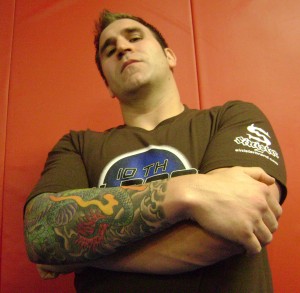Chris Herzog: Part 2
Skill+Preparation+Right Mind Set = Success. Part 2
Tournament Strategies
When
developing a strategic game plan to win, it is imperative that your
know the rules set that you will be competing under. Yes submitting
your opponent should be the ultimate goal, however this may not always
be possible depending on the strengths and strategies of your opponents.
Knowing what scores and what penalizes can
make the difference of a win/loss in a match. I’ve seen countless
competitor loose matches specifically because they didn’t know or
didn’t understand the rule sets they are competing under. We’ve all
seen the take down and stall strategy, where one competitor takes down
the other only to play defensive and ride out the clock to win 1-0. The
guard player could of had 10 sub attempts and tried to finish but still
loses. This is a drain physically, emotionally and even financially
that can easily be avoided if the competitors studies the rules and
trains accordingly, even if for a few weeks prior to the event.
Its
becoming increasing common for competitors to be penalized for pulling
guard as well, employing intelligent strategy can help us avoid being
penalized while still attacking with our strengths. Attempting a double
or single leg, sitting through to take guard, Damian Maia vs. Nate
Quarry is a beautiful example of this.
”But my takedowns suck!” True but your
opponent likely doesn’t know this, and that’s what drill training is
for. Attack with intent, they’ll be forced to defend allowing the sit
through to guard.
Its all about selling your attack, making them
respect it, and forcing them to defend.
Even though my teams overall strategic game
plan remains the same, little tweaks and twists based on an events rule
set have allowed increased success. It’s all about percentages, even if
its only a few percent change. Percentages matter at all levels of
competition, especially at the elite level where even a 1% change can
be the difference in a win or a loss.
Warming Up:
How one of the simplest concepts can be so
easily overlooked is beyond me. I literally have to stalk down And
hound some of my competitors and force them to warm up and stay warm
prior to their matches.
A proper warm up the day of the event is
absolutely necessary for optimum performance. Many competitors are slow
starters and don’t get into the zone until mid way point in the match,
by then it may be too late. I have many of those guys on my team, and
we’ve come up with some guidelines to help keep them on track the day
of the event.
•Initial warm up 20-25mins: I prefer that
our team warms up together, it re-enforces unity and the team concept
that builds necessary morale and confidence the day of the event. The
initial warm up consists of a light jog with some functional
flexibility drills. Next would be static stretching, f

